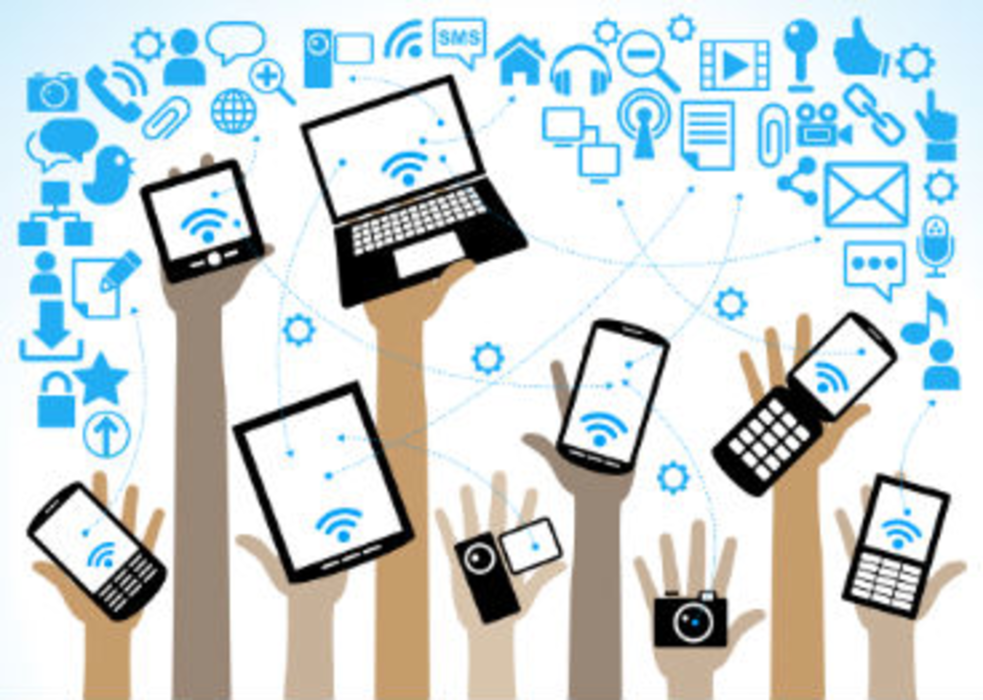Global management consulting firm A.T. Kearney recently released the findings of a study that aimed to better understand today’s connected consumers. The study, “Connected Consumers Are Not Created Equal: A Global Perspective,” surveyed about 10,000 connected consumers—defined as those who claim to connect to the Internet at least once a week but actually surf the Web much more often—from five continents: Africa, Asia, Europe, North America, and South America. The report analyzed what motivates them to move from connectivity to consumption.
Conventional wisdom dictates that having connected consumers would be the ideal situation for marketers; but in actuality, reaching this audience is a cross to bear. Siloed and dislocated marketing budgets, divided shopper approaches, and more sophisticated consumers are just a few of the challenges organizations face.
Some findings include:
Continuous connectivity. More than half of respondents connect to the Internet nearly every waking hour. According to the study, Brazil and Nigeria are more connected, while Japan and China are less so. In terms of demographics, continuously connected consumers tend to be on the younger side and unmarried. They’re also, generally, mobile mavens. In fact, respondents who are online at least 10 times a day say that they prefer smartphone connections; however, only 12% of global connected consumers frequently use tablets to access the Web.
Four motivations for connectivity. People venture online because of four universal needs: convenience, exploration, interpersonal connection, and self expression. However, respondents from different countries are motivated by differing factors. In emerging markets and places where offline expression is limited, for instance, the ability to express an opinion rates very high; in more mature markets, on the other hand, exploration and convenience are favored.
The power of social media. Social networks are where respondents spend the majority of their online time. Indeed, social marketing is extremely effective in generating brand interest and purchases among younger consumers.
The number of users on a social network, though, is not necessarily an indication of engagement or purchases. Also, different social media sites display different usage patterns in different countries.
Pop-up ads are surprisingly effective—but only in some markets. Respondents from emerging markets—particularly Brazil, China, and Nigeria—don’t mind pop-ups and banner ads. Actually, they click on them often. In Western Europe and the U.S., however, these ads are not as popular.
The convergence of physical and online stores. More than half of the respondents prefer shopping online in addition to the online experience; although, the majority of today’s purchases are still made in-store. Connectivity doesn’t mean that consumers do everything online, but the connection offers access, speed, and convenience, not to mention it enhances the overall experience.
As evidenced, all connected consumers are not created equal—whether they differ by behavior, motivation, or who’s in their ear. These consumers may share some similarities, but there are myriad differences from market to market and consumer to consumer based on numerous factors.





